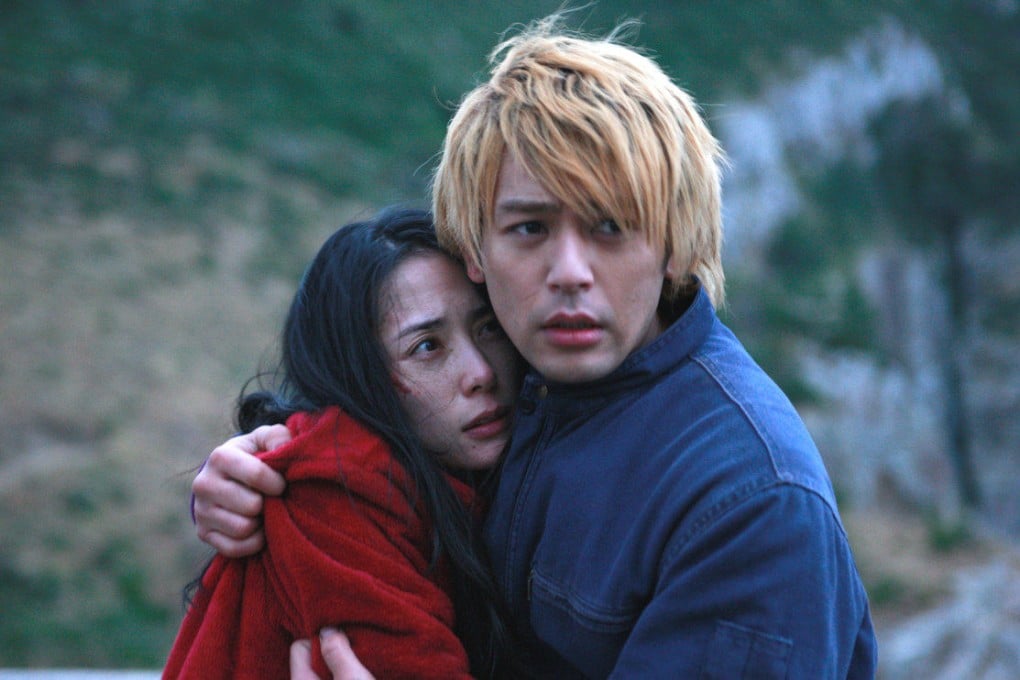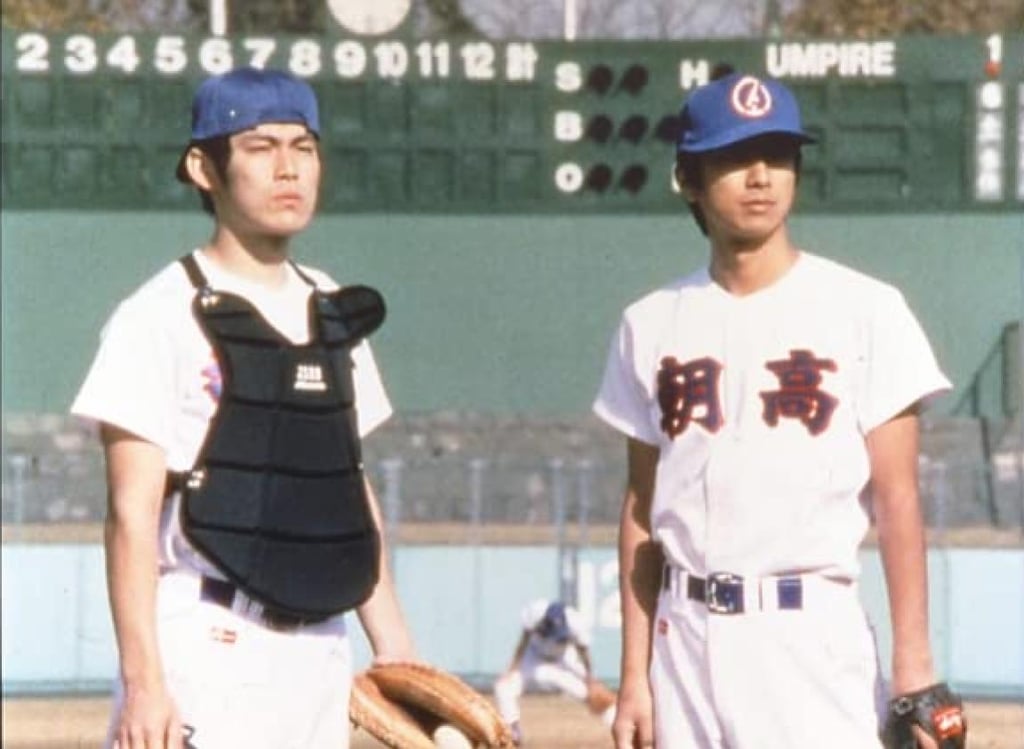Japanese-Korean director Lee Sang-il’s movies ranked – from smash hits Villain and Hula Girls to his latest release, Wandering
- The director is known for his brooding films that celebrate outsiders on the fringes of society, but some of his best works are those with a more upbeat tone
- Featuring stars from Ken Watanabe to Yu Aoi, his movies have received wide critical acclaim. We look at his oeuvre to see how they measure up against each other

Born to Korean parents and raised in Japan, Lee Sang-il is responsible for some of the most critically acclaimed Japanese films of the last 20 years.
The director has collaborated with many of the biggest actors in the Japanese entertainment industry, including Satoshi Tsumabuki and Ken Watanabe, and has won numerous awards from the Japanese Academy.
Growing up as a foreigner in Japan, Lee’s films are, not surprisingly, sympathetic towards loners, outcasts and individuals who have been forced to exist on the fringes of society.
Some of Lee’s best work has been achieved the few times he has chosen to tell stories in a lighter, more upbeat tone.

To celebrate the release this week in Hong Kong cinemas of Lee’s latest film, Wandering (also translated as The Wandering Moon), the Post looks at the filmmaker’s back catalogue and ranks his films, from worst to best.
9. Chong (2000)
